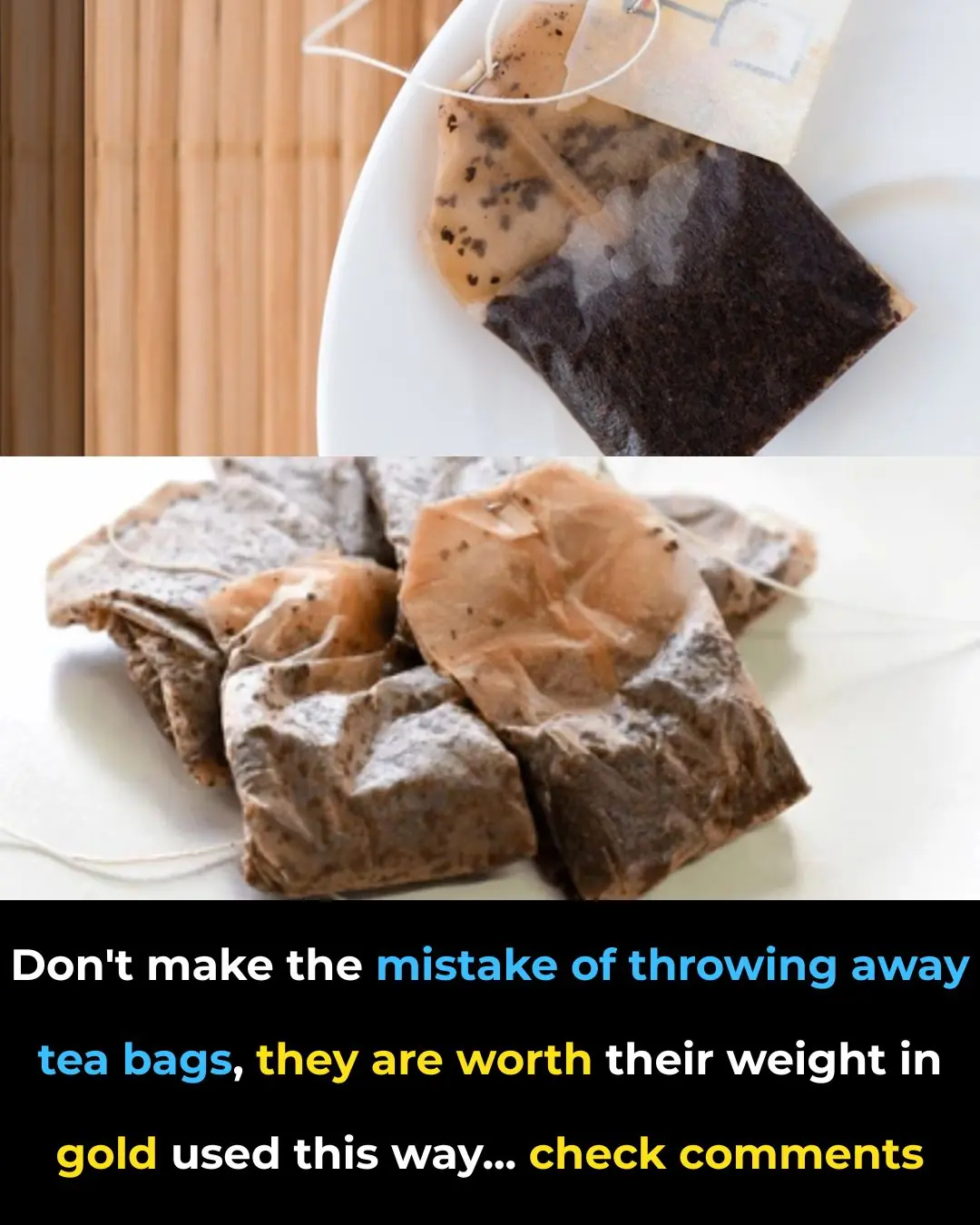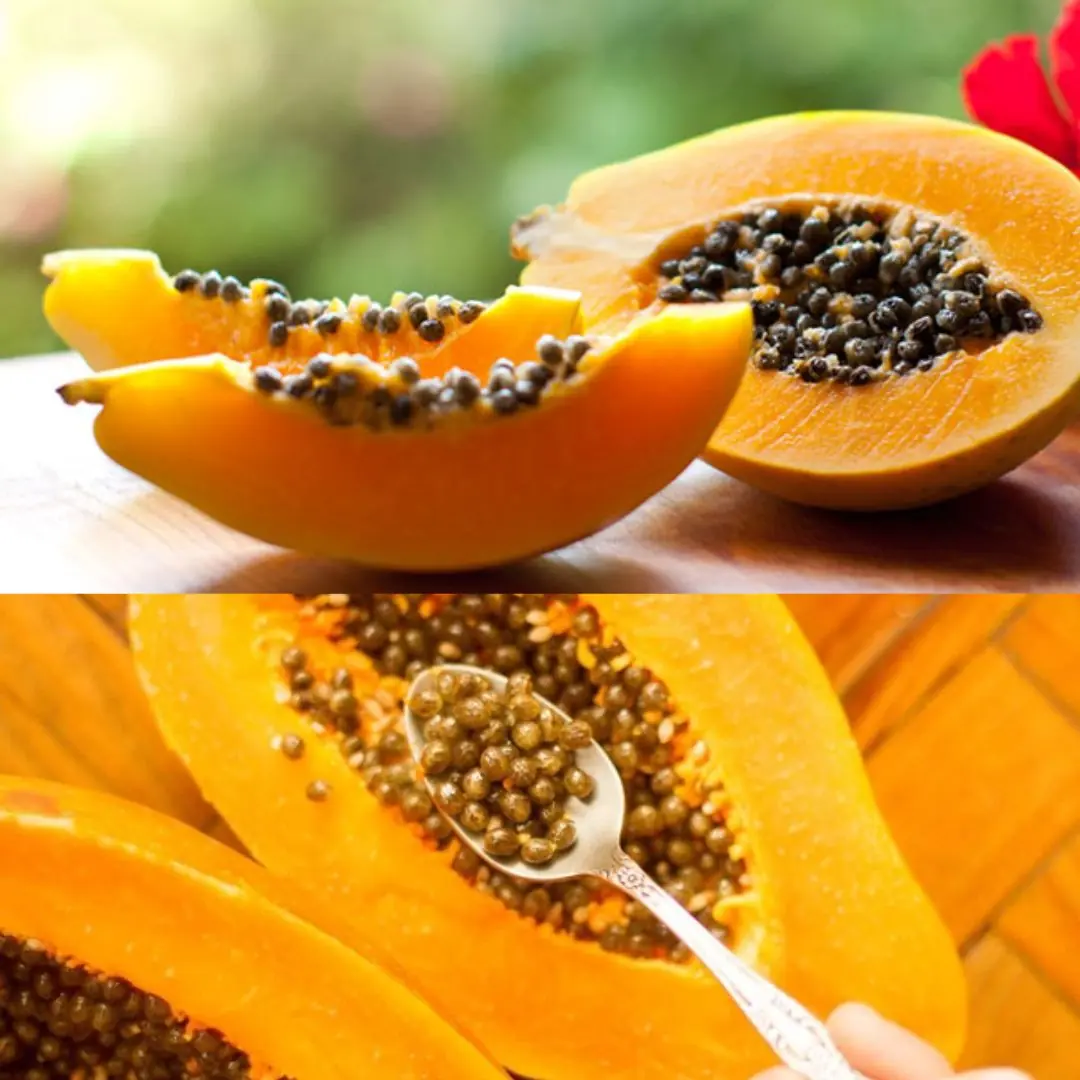
The Hidden Power of Common Lantana (Lantana camara): What You Can Safely Do with It at Home
Lantana camara is one of those familiar plants many people see every day in gardens, parks, or along roadsides — often without realizing the quiet strength it carries. With its vibrant clusters of yellow, orange, pink, and red flowers, it’s easy to mistake it for just a decorative shrub.
But behind its beauty lies a plant that has been respected for centuries in traditional medicine, especially in tropical and rural communities. Lantana camara offers natural healing powers — but must be used with great care due to its potential toxicity.
In this article, we’ll explore what makes this plant special, how to safely use it at home for common conditions, and the essential safety precautions you must take.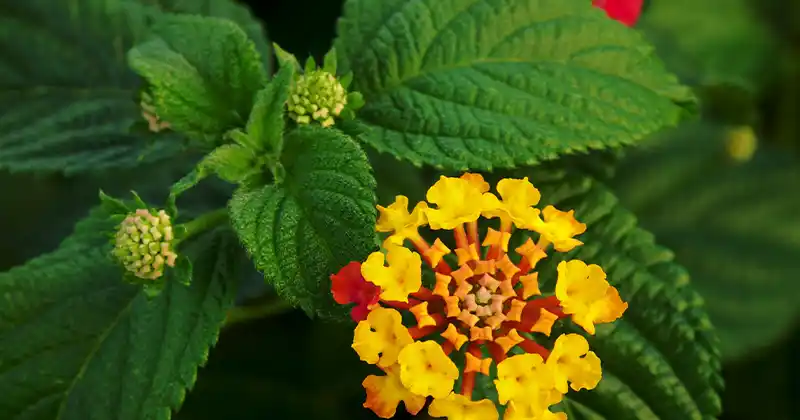
🌿 Understanding the Power of Lantana camara
Lantana camara contains natural compounds with powerful antimicrobial, anti-inflammatory, and wound-healing properties. Its leaves, flowers, and sometimes roots are used in external treatments in many parts of the world — often in homemade remedies passed down for generations.
In traditional herbal medicine, Lantana has been used for:
-
Minor wounds and cuts
-
Skin infections, rashes, and itching
-
Fever and cough relief (external inhalation only)
-
Joint or muscle pain
-
As a natural mosquito repellent
Its distinct aroma and volatile oils help fight bacteria, reduce inflammation, and support the skin’s natural healing process.
⚠️ However, it’s crucial to understand that parts of the plant — especially the berries and leaves — are toxic when ingested. Safe use is strictly external.
🏡 5 Safe and Practical Ways to Use Lantana at Home (External Use Only)
If Lantana camara grows in your garden, here are five safe, time-tested ways to make use of its healing properties — all external, and easy to prepare at home.
1. For Skin Wounds and Minor Cuts
-
What to use: Fresh Lantana leaves
-
How to prepare:
-
Wash a few leaves thoroughly to remove dirt or insects.
-
Gently crush or grind the leaves to release their juice.
-
Apply directly to the wound or scrape.
-
Cover with a clean cloth or bandage.
-
-
Why it helps: Lantana’s leaf juice acts as a natural antiseptic. It helps kill germs and reduces inflammation, promoting faster skin regeneration.
🧠 Pro Tip: Always do a patch test on unbroken skin before applying the crushed leaves to open wounds.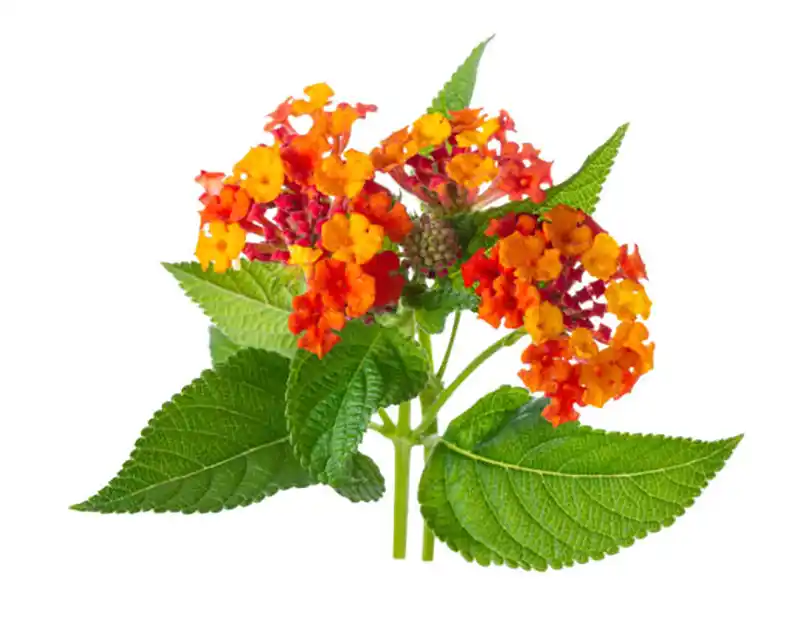
2. For Rashes, Itchy Skin, or Mild Eczema
-
What to use: A handful of fresh Lantana leaves
-
How to prepare:
-
Boil the leaves in water for 10–15 minutes.
-
Let the liquid cool completely.
-
Strain, then use the water as a skin rinse or add it to bathwater.
-
-
Why it helps: The infused water becomes a mild herbal antiseptic that soothes irritation, reduces redness, and may help manage mild eczema flare-ups.
🌿 Optional: Add neem leaves or turmeric for extra skin benefits.
3. For Cough or Chest Congestion (Steam Inhalation Only)
-
What to use: 5–10 Lantana leaves
-
How to prepare:
-
Boil in a pot of water for 10 minutes.
-
Remove from heat.
-
Lean over the pot (keeping your face a safe distance), cover your head with a towel, and gently inhale the steam for 3–5 minutes.
-
-
Why it helps: The steam carries Lantana’s aromatic oils, which can help open the nasal passages, ease coughing, and reduce throat irritation.
💨 Caution: Do not inhale for more than 5 minutes, and always maintain a safe distance from the hot water.
4. For Joint Pain, Muscle Aches, or Swelling
-
What to use: Crushed or lightly warmed Lantana leaves
-
How to prepare:
-
Slightly warm the crushed leaves (never hot enough to burn skin).
-
Apply to sore joints or swollen areas.
-
Wrap with a cloth and leave for 15–20 minutes.
-
-
Why it helps: The leaves’ anti-inflammatory properties can help relieve pain, reduce stiffness, and ease swelling in muscles and joints.
🧊 Alternative: Mix with a little warm coconut oil for easier application.
5. As a Natural Mosquito and Insect Repellent
-
What to use: Fresh leaves and flowers
-
How to prepare:
-
Crush the leaves and place them in corners, near windows, or doors.
-
Alternatively, boil leaves in water, cool, and pour into a spray bottle.
-
Spray around the home, especially in areas where mosquitoes gather.
-
-
Why it helps: The strong scent of Lantana naturally repels mosquitoes and some other insects — making it a chemical-free pest control solution.
🌸 Note: Lantana oil is also being studied as a plant-based alternative to commercial mosquito repellents.
⚠️ Important Safety Tips for Using Lantana camara
While Lantana has medicinal benefits, improper use can lead to poisoning — especially in children, pets, and livestock.
Here are key safety guidelines:
-
Never consume any part of the plant. Berries, especially green ones, are highly toxic when ingested.
-
Avoid internal teas or tonics unless advised by a trained herbalist or healthcare professional.
-
Do not apply to deep or open wounds without medical guidance.
-
Avoid contact with eyes or mucous membranes (mouth, nose, etc.).
-
Always wash hands thoroughly after handling any part of the plant.
-
Keep away from pets and small children, as ingestion can be dangerous.
-
Before applying topically, do a patch test to check for skin sensitivity or allergic reactions.
-
Use steam inhalation only for short durations, no longer than 5 minutes.
🌺 Why Lantana Is Still Valuable — Despite Its Risks
Lantana camara demonstrates nature’s fascinating duality: it contains both medicine and poison in a single plant. The key to using it safely lies in understanding its strengths — and its limits.
Despite its internal toxicity, external applications offer genuine therapeutic value:
✅ Promotes skin healing
✅ Soothes minor rashes and irritation
✅ Eases joint or muscle pain
✅ Acts as a mosquito repellent
✅ Provides respiratory relief through inhaled steam
🌿 Final Thoughts: Beauty, Caution, and Respect for Nature
Lantana camara is a beautiful and potent plant, widely overlooked in everyday life. If you have it growing around your home, there’s no need to remove it. In fact, it can be a useful ally — when handled with care and respect.
Use it externally only, in small, tested amounts, and always keep safety in mind. Like many plants in nature, its power lies in how wisely you use it.
⚠️ Disclaimer
Lantana camara is toxic when consumed. This article is intended for educational purposes only and does not constitute medical advice. Always consult with a healthcare professional or trained herbalist before using any medicinal plant or herbal remedy.
News in the same category

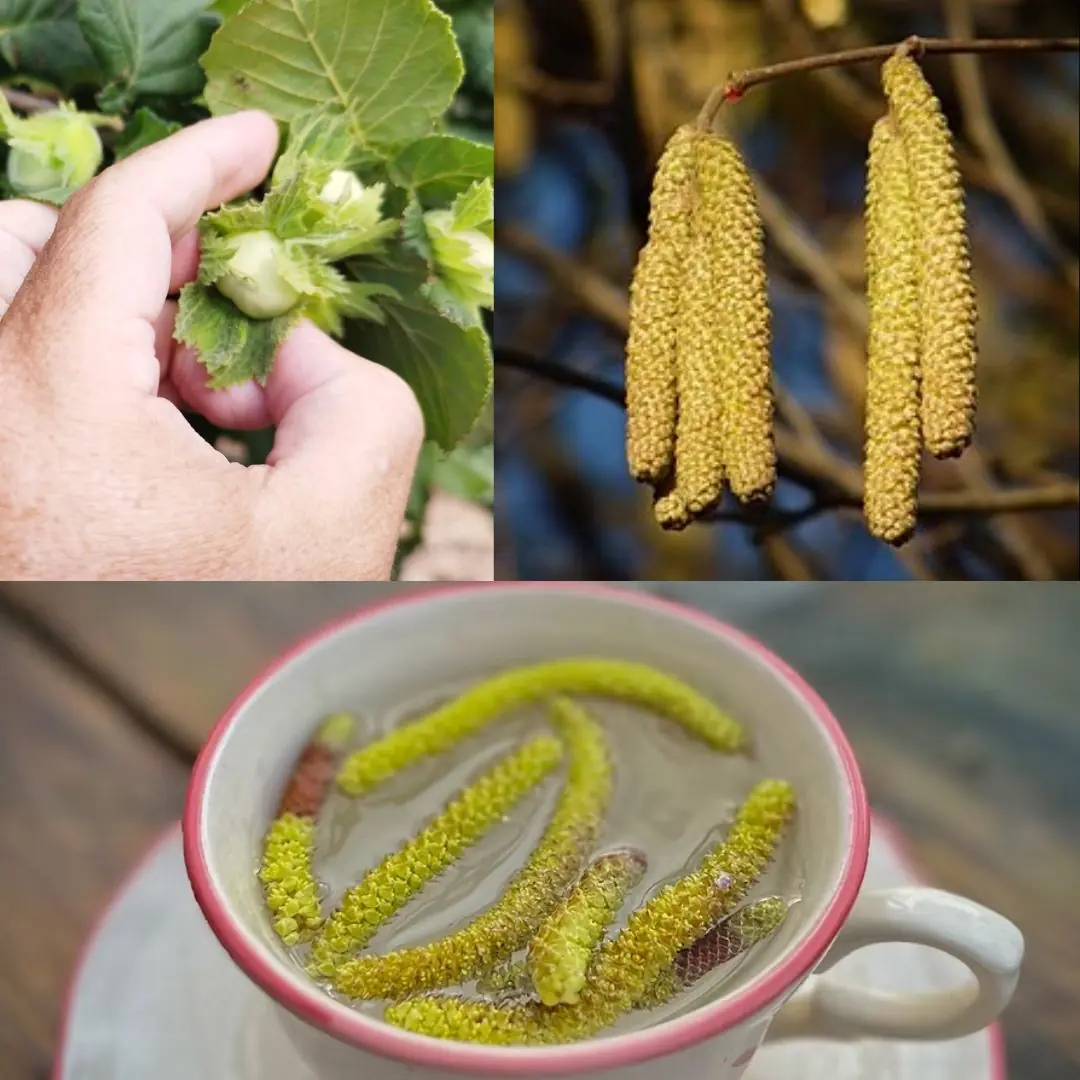
The Wonderful Hazel Tree (Corylus avellana): Nutrition, Healing, and Traditional Uses of Every Part
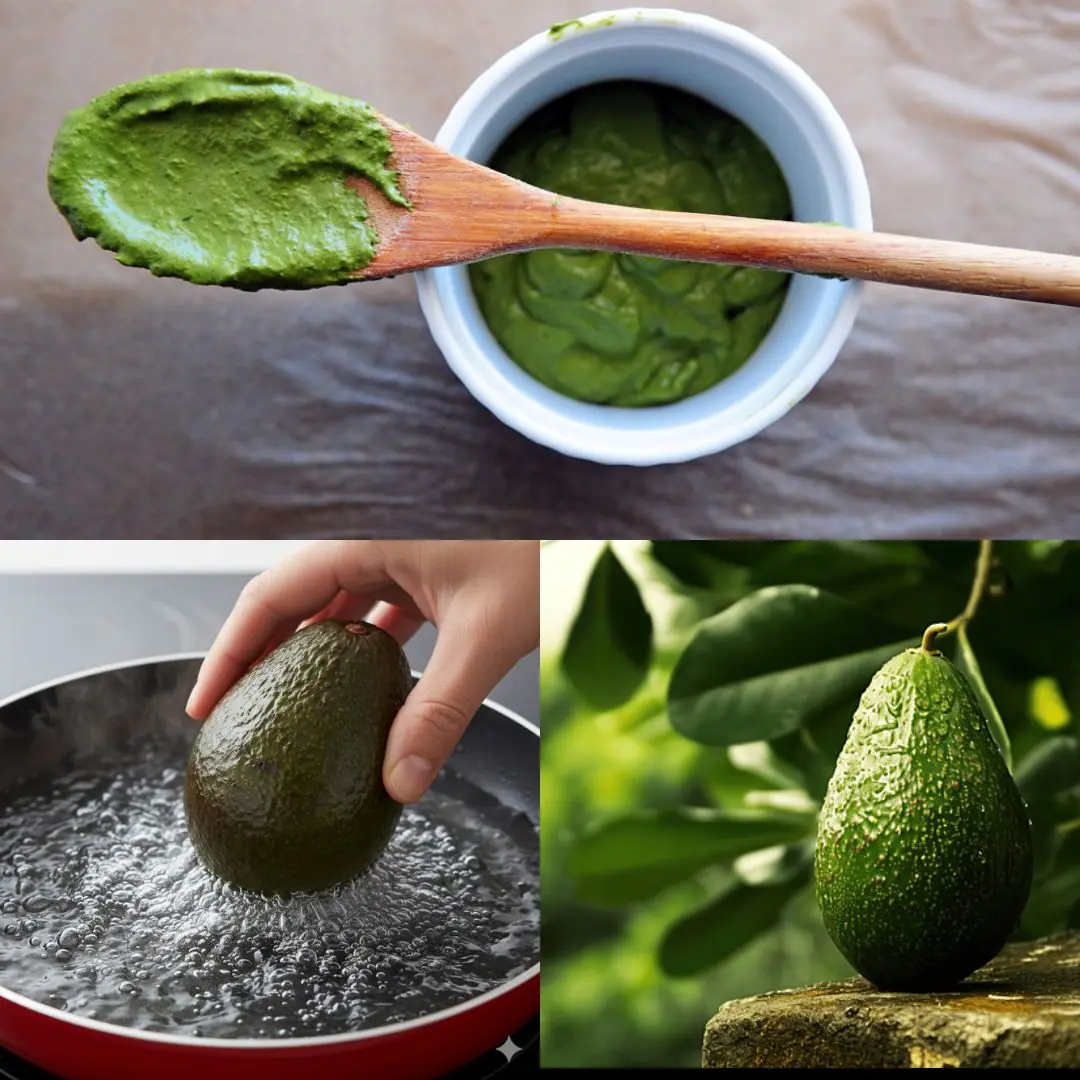
Boiling a Whole Avocado: The Secret to Softness, Nutrition, and a Delicious Baked Recipe
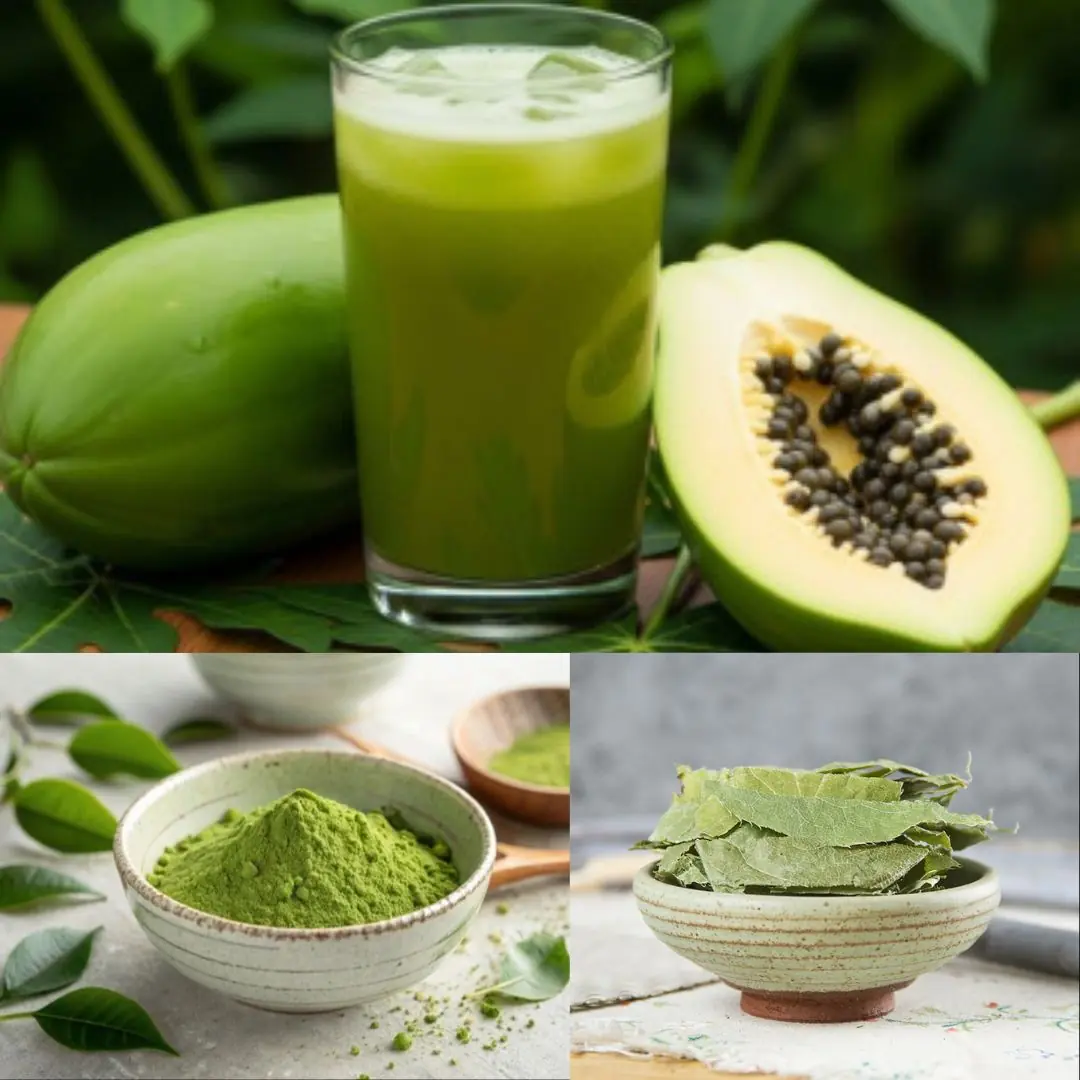
The Hidden Healing Power of Papaya Leaves
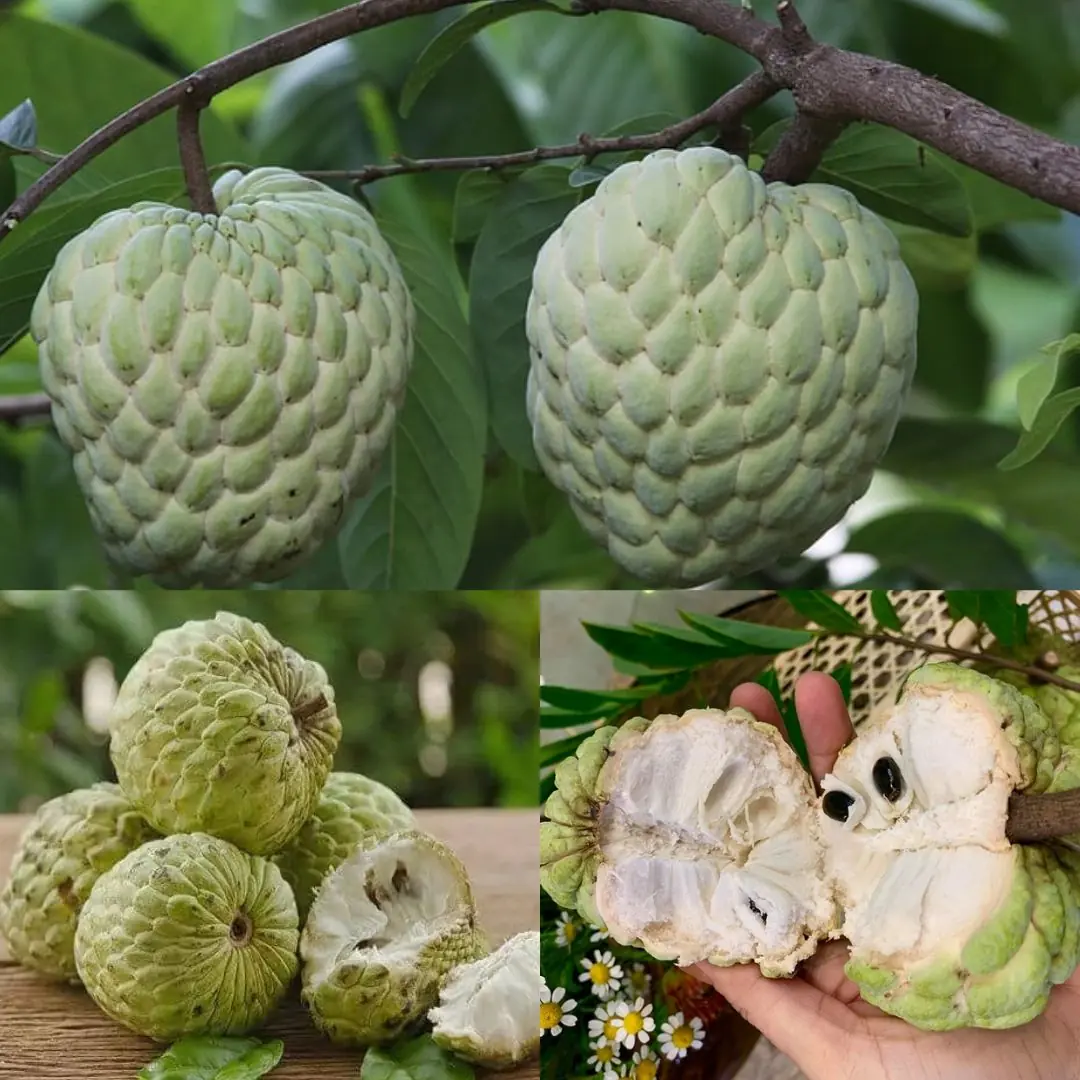
Sugar Apple (Annona squamosa): A Sweet Fruit with Powerful Health Benefits
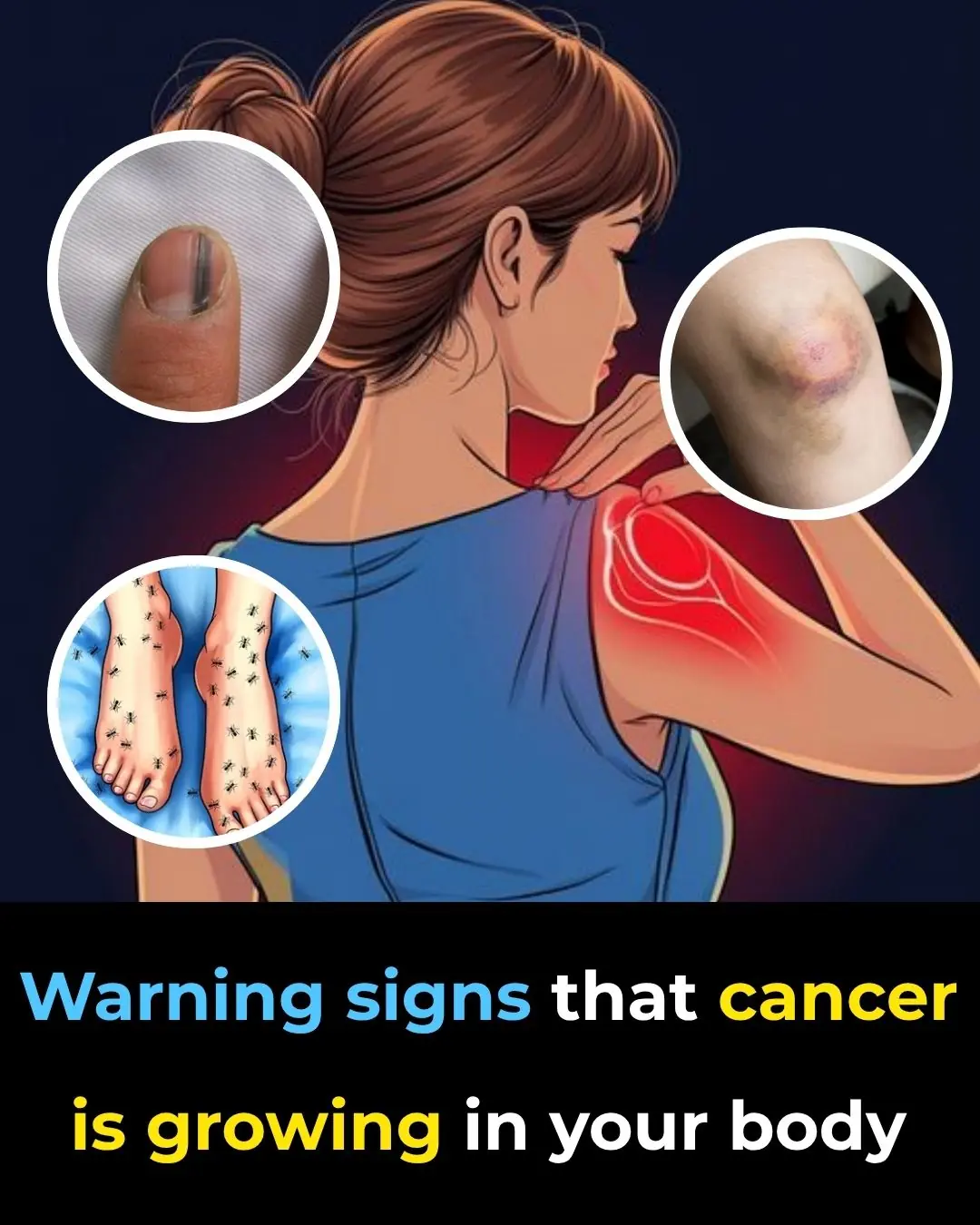
25 Worrying Signs Your Body Is Trying to Warn You of Serious Health Problems (and What to Do About Them)
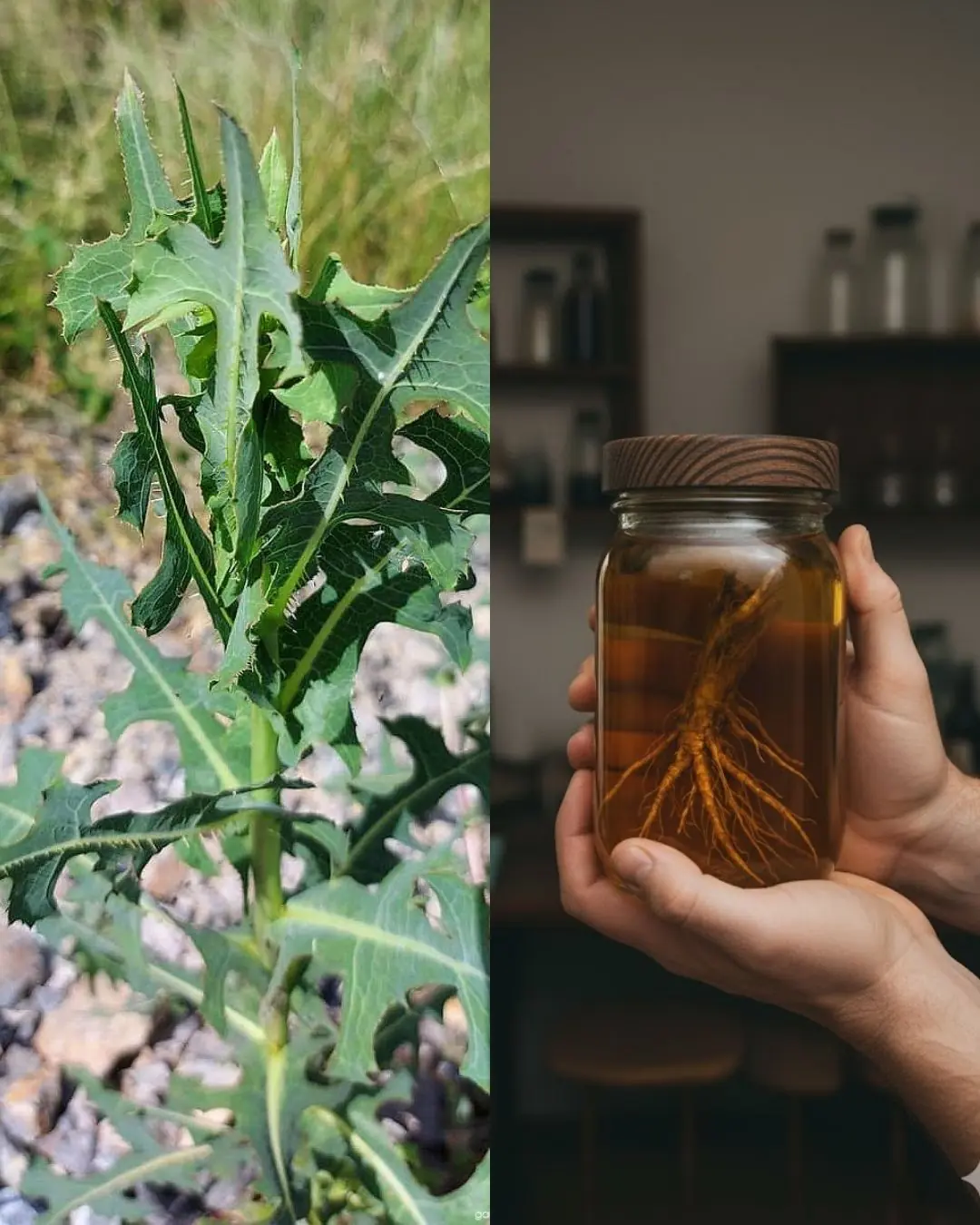
The Hidden Power of Lactuca serriola Root (Prickly Lettuce Root)
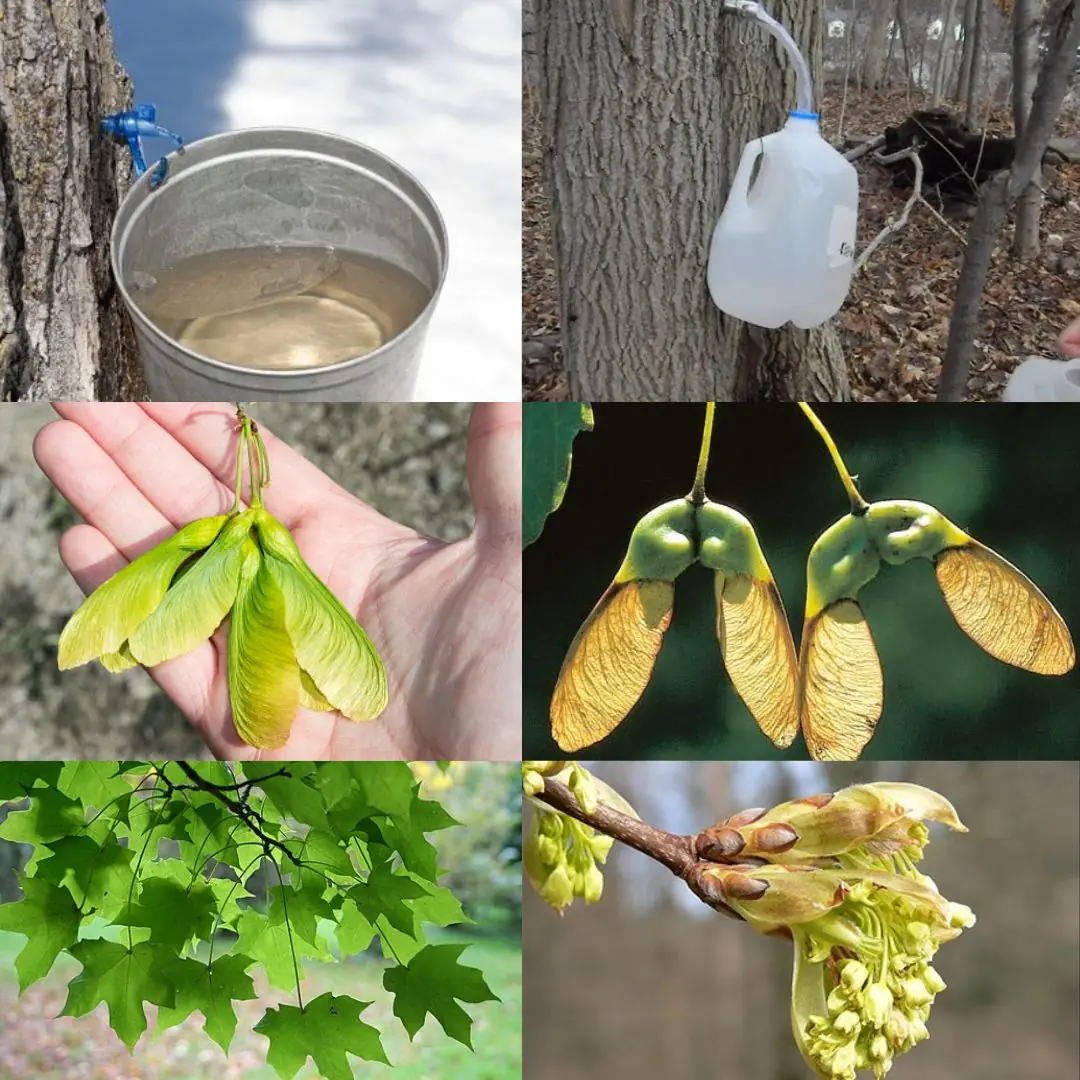
Maple Trees from Root to Crown: A Complete Guide to Every Edible Part
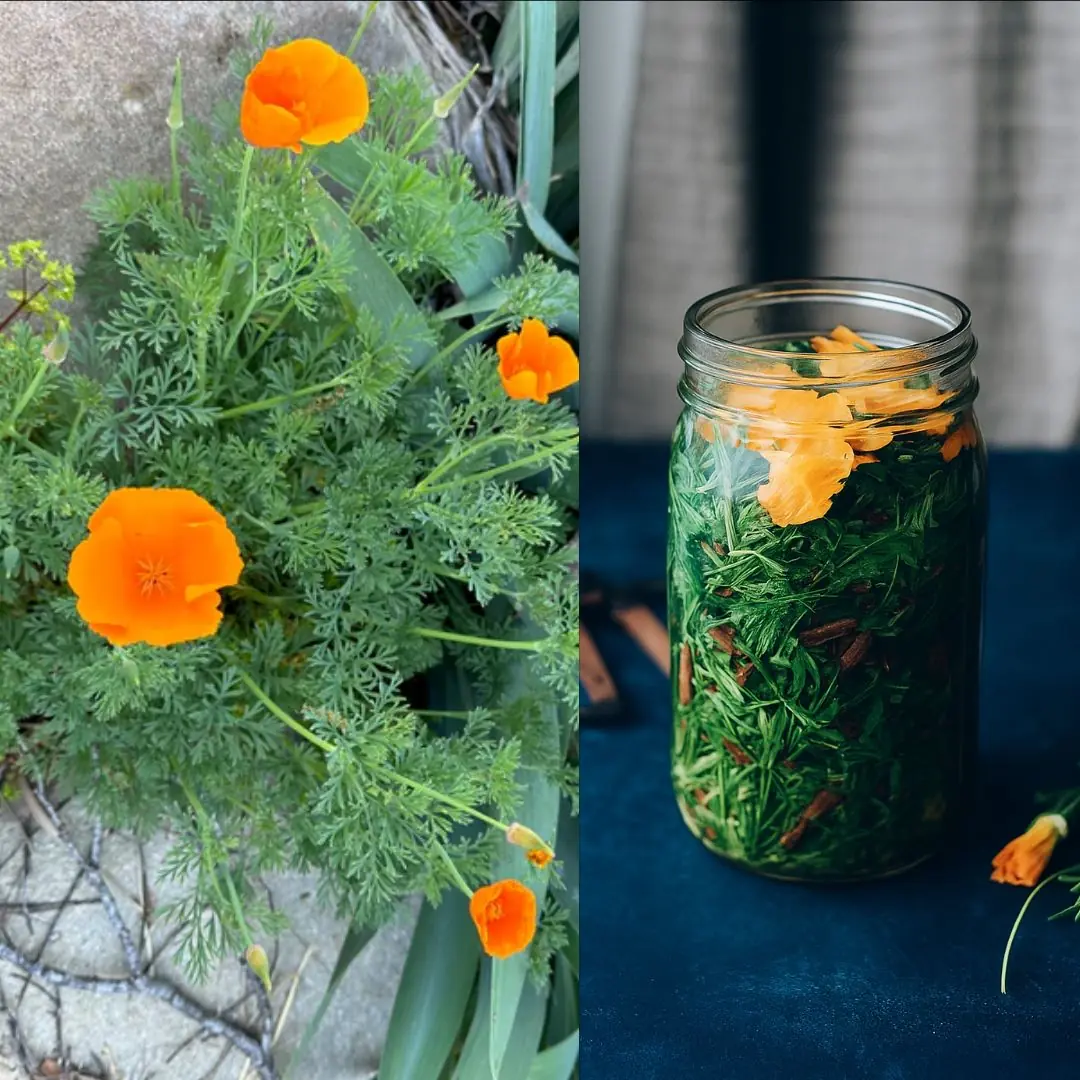
California Poppy: Nature’s Gentle Remedy for Relaxation and More
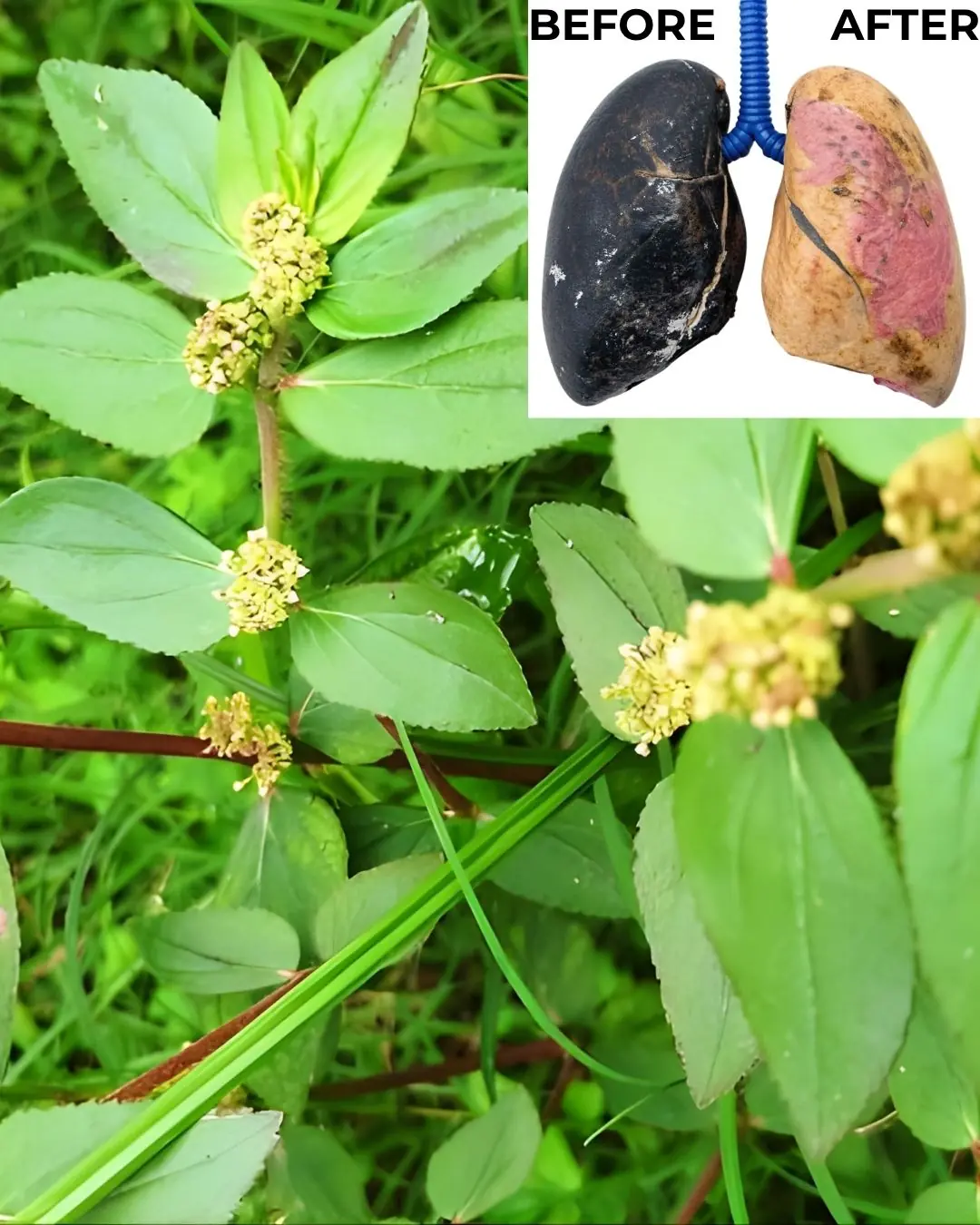
Euphorbia Hirta: 30 Benefits and How to Use It Safely
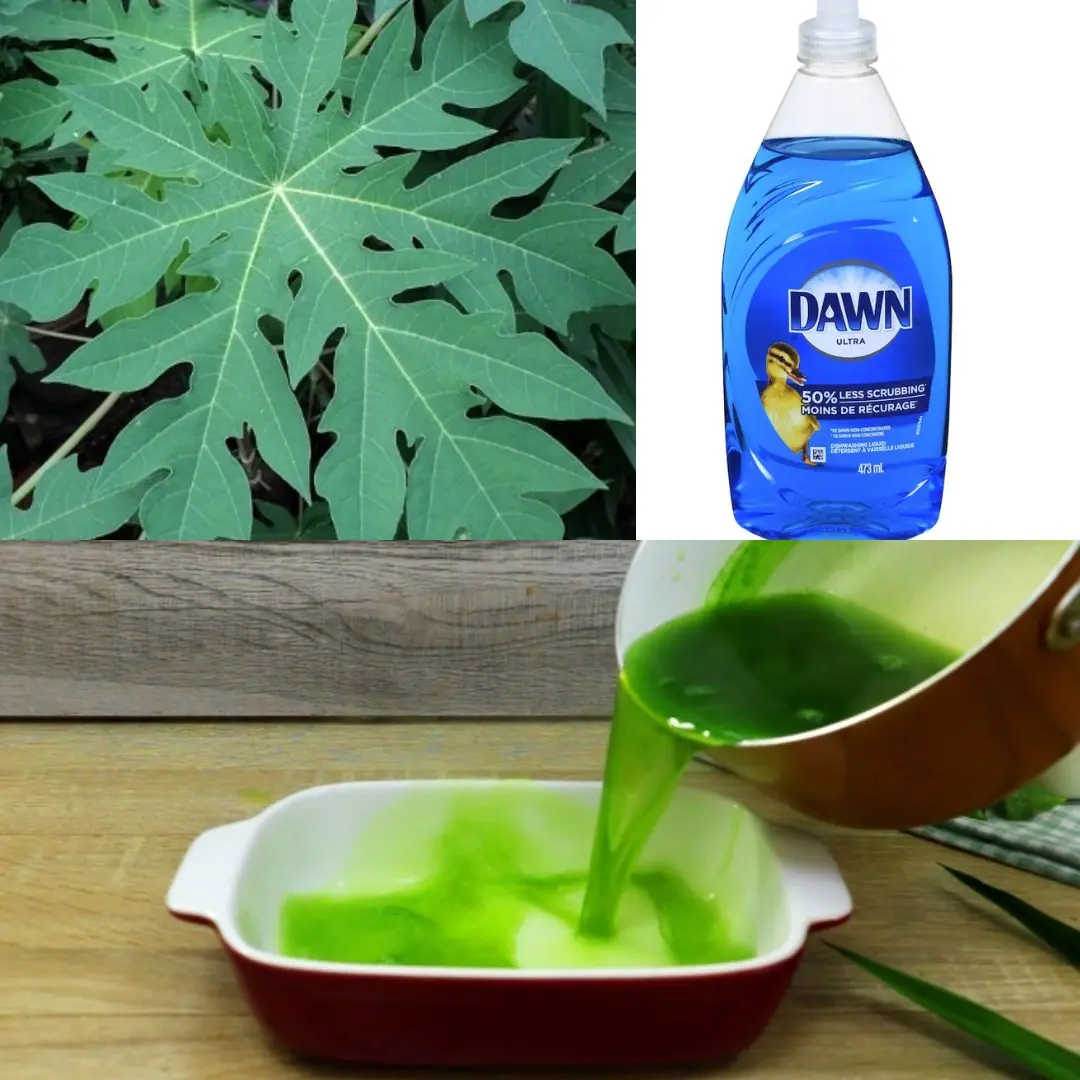
Turn Papaya Leaves Into a Powerful Homemade Detergent
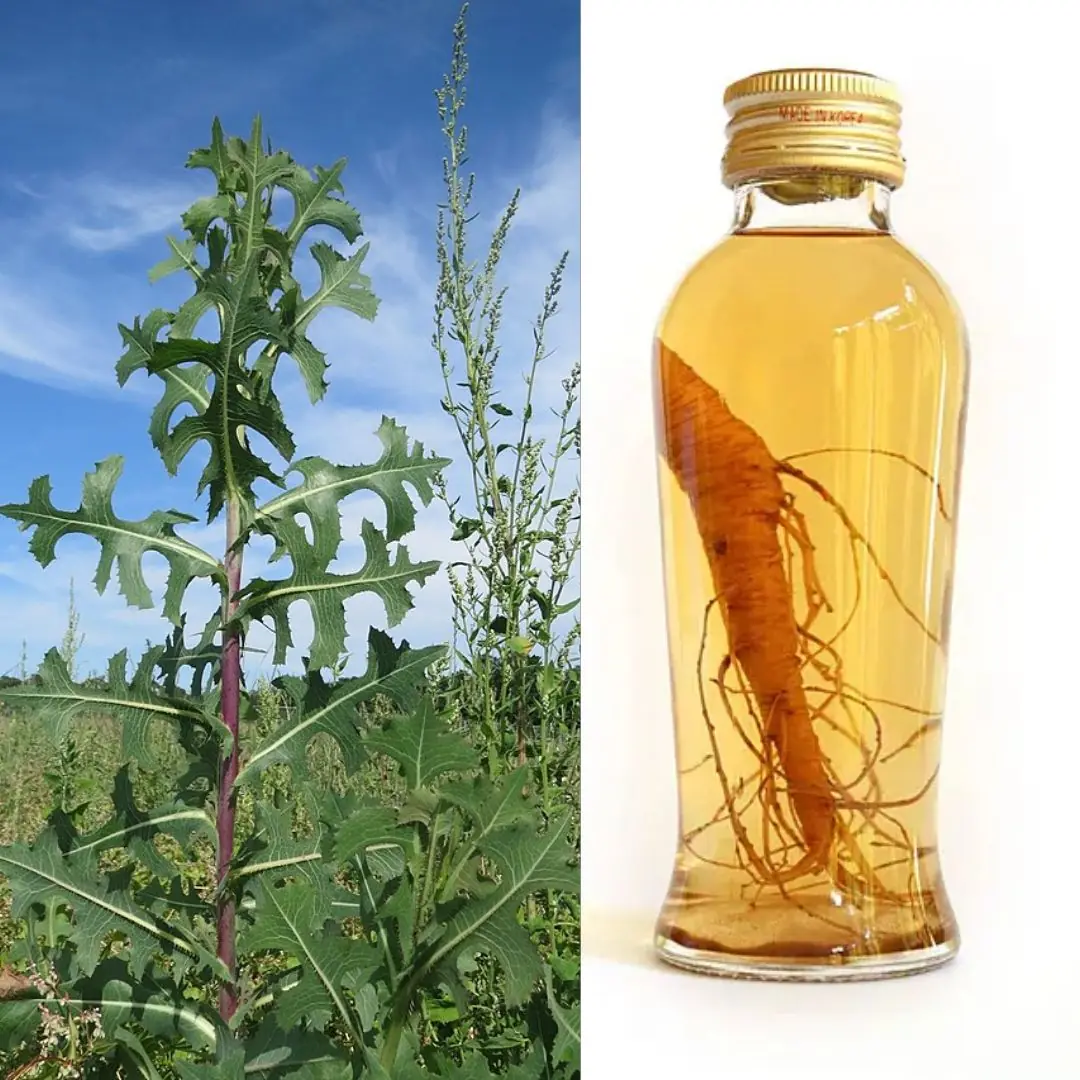
Wild Lettuce Root – Benefits, Uses, and Natural Pain Relief Properties
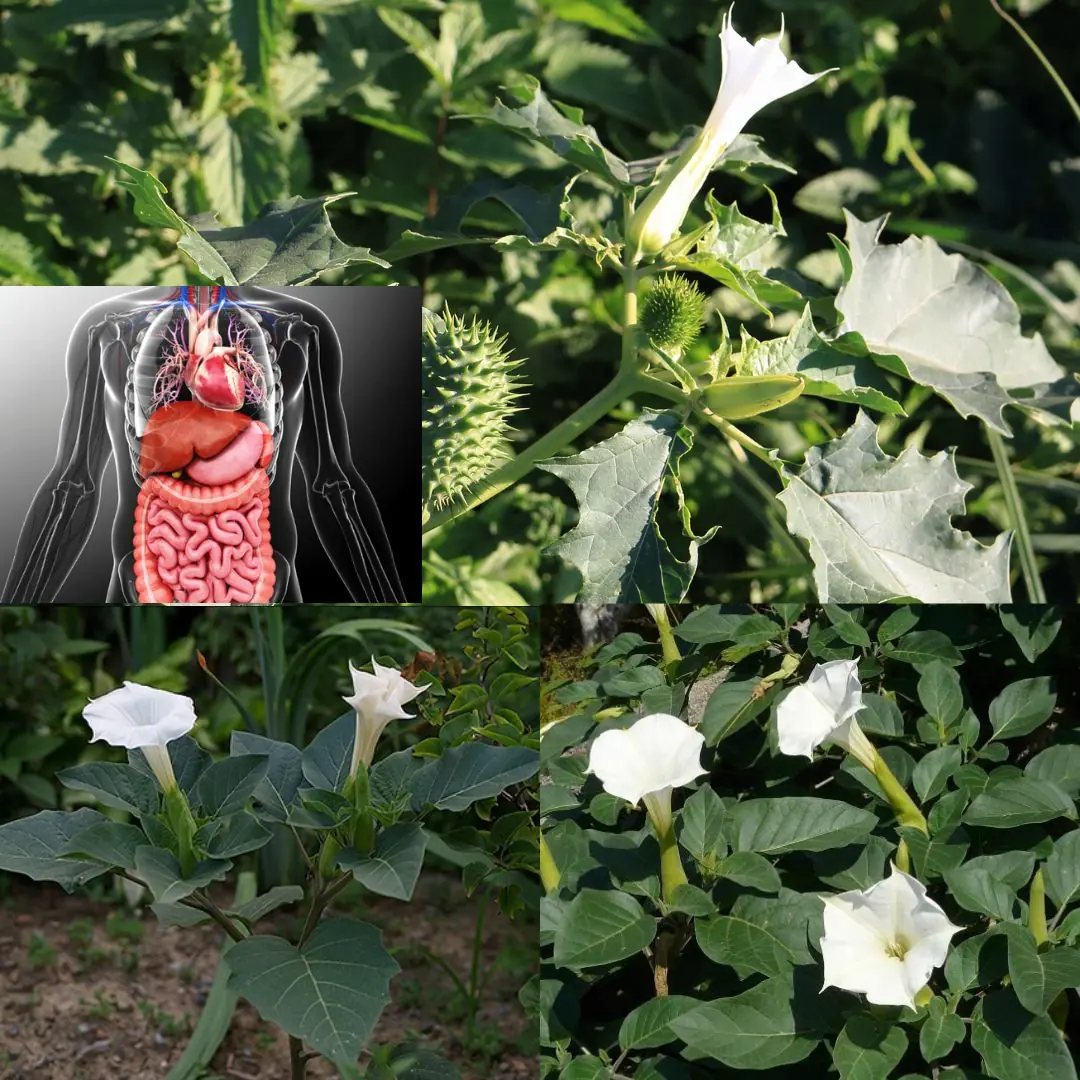
The Datura Genus: Why You Should Keep Your Distance from These Toxic Plants
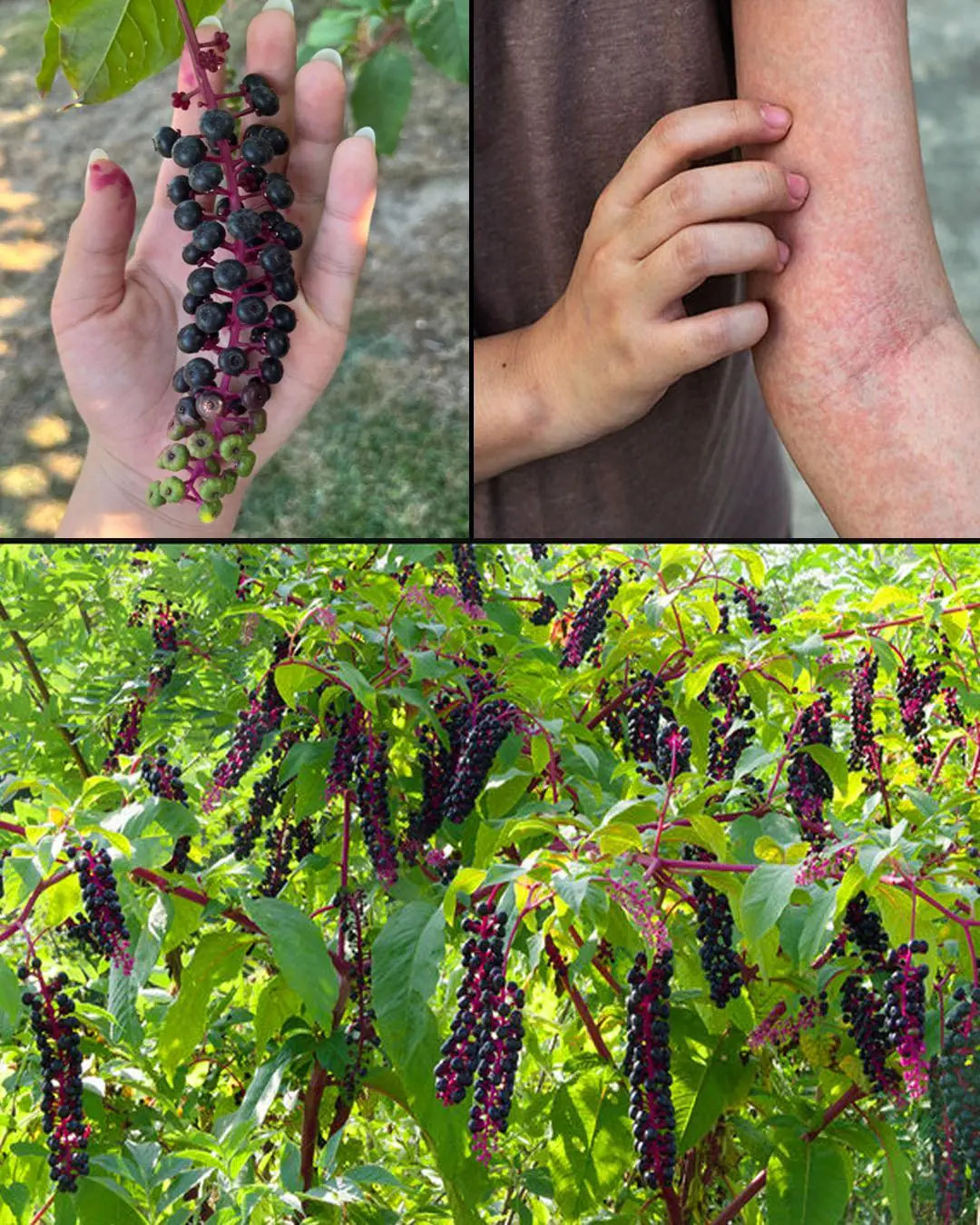
Pokeweed: The Attractive but Highly Toxic Plant Growing in Your Backyard
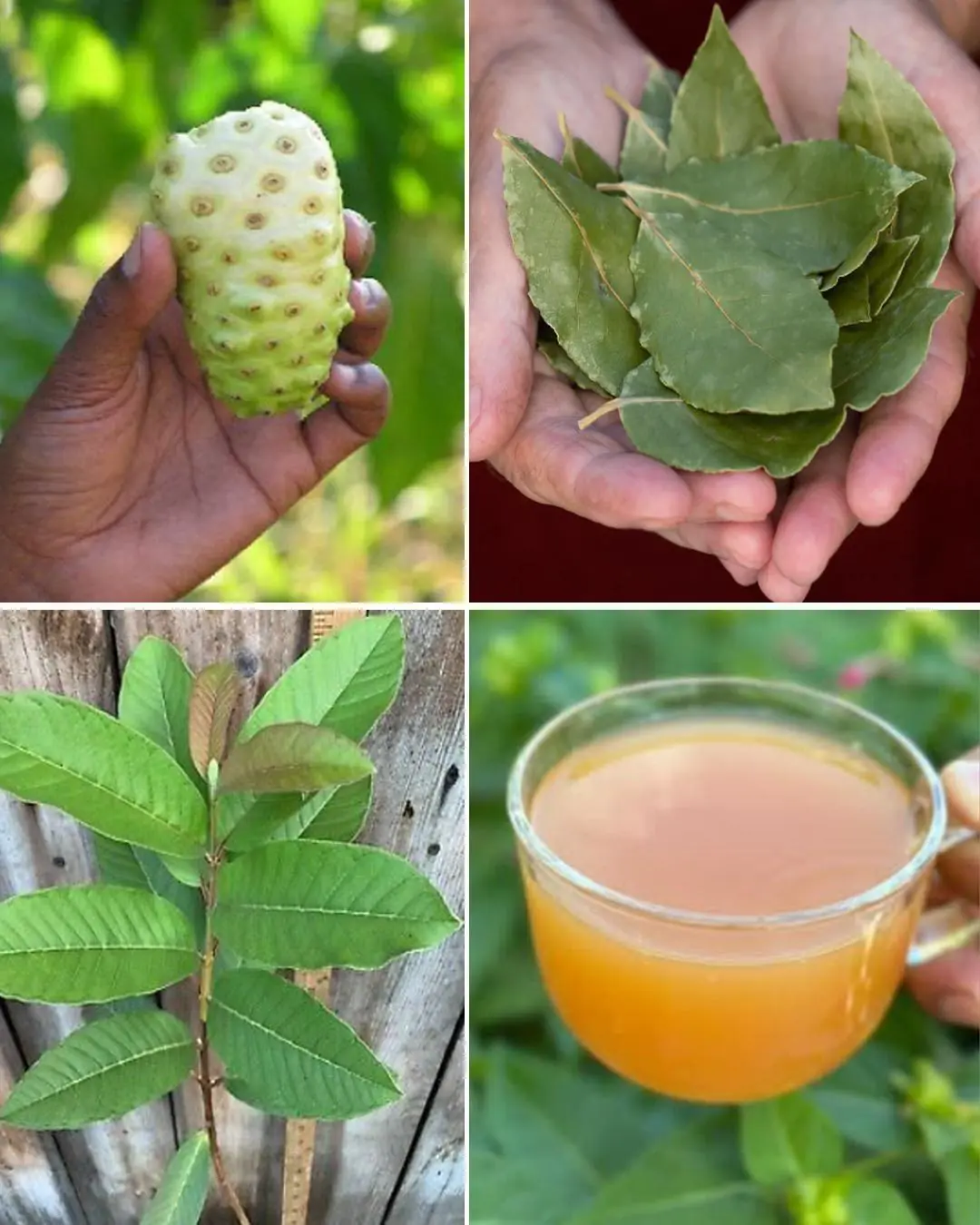
The Ultimate Healing Tonic: A Powerful Drink to Combat Swollen Feet, Diabetes and Poor Circulation
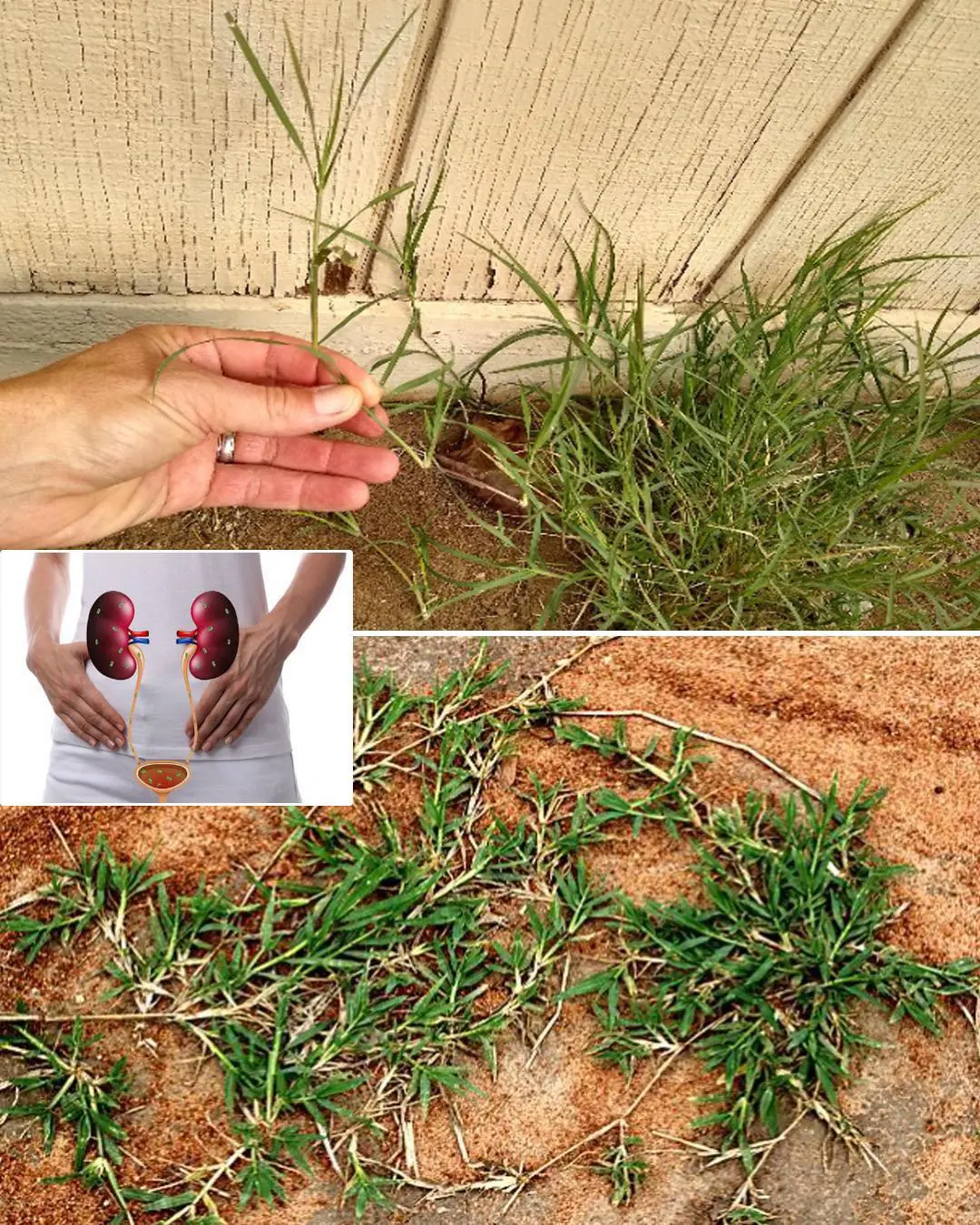
Cynodon dactylon (Bermuda Grass): Benefits and Uses
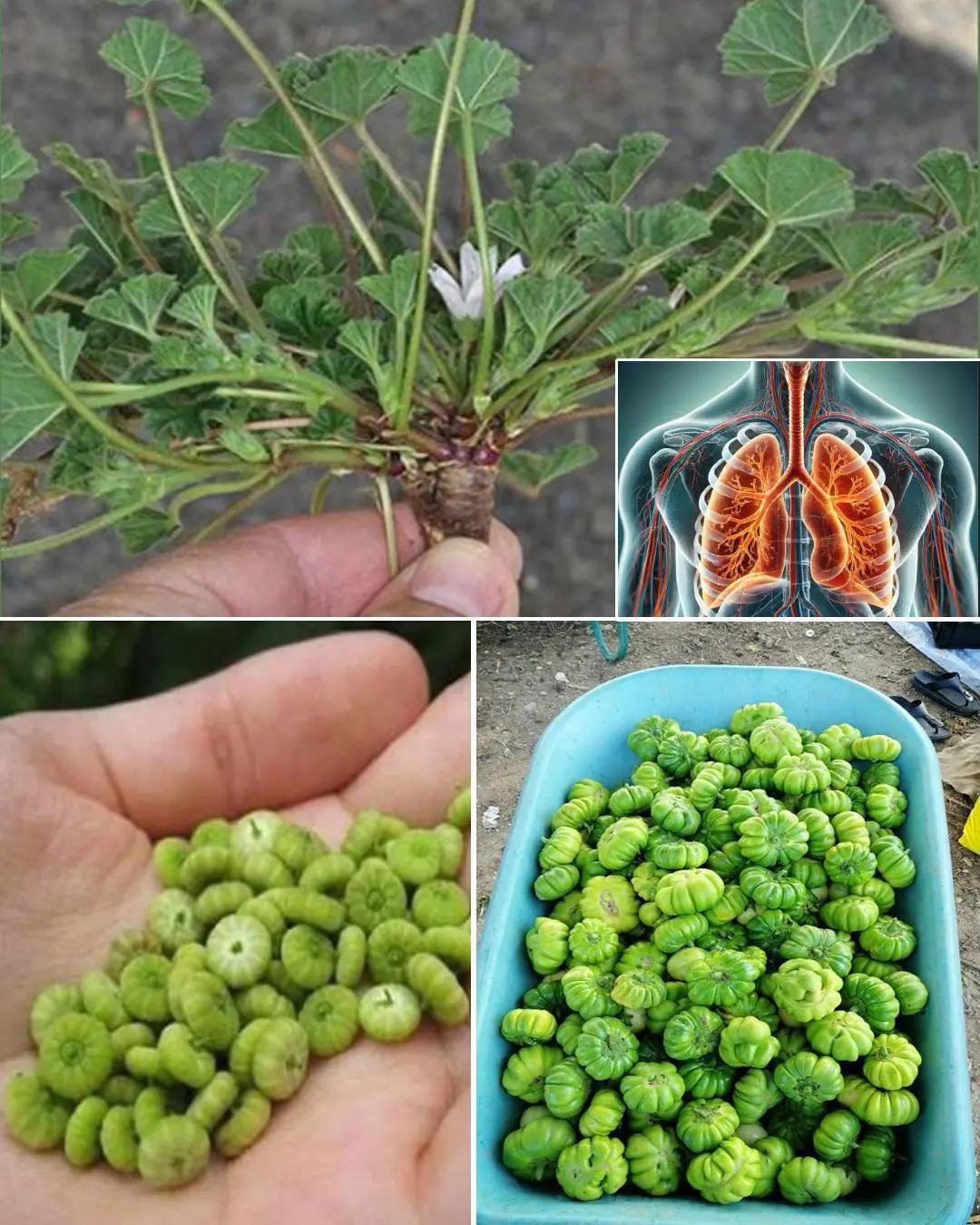
Exploring the Health Benefits of Common Mallow: A Nutritional Powerhouse
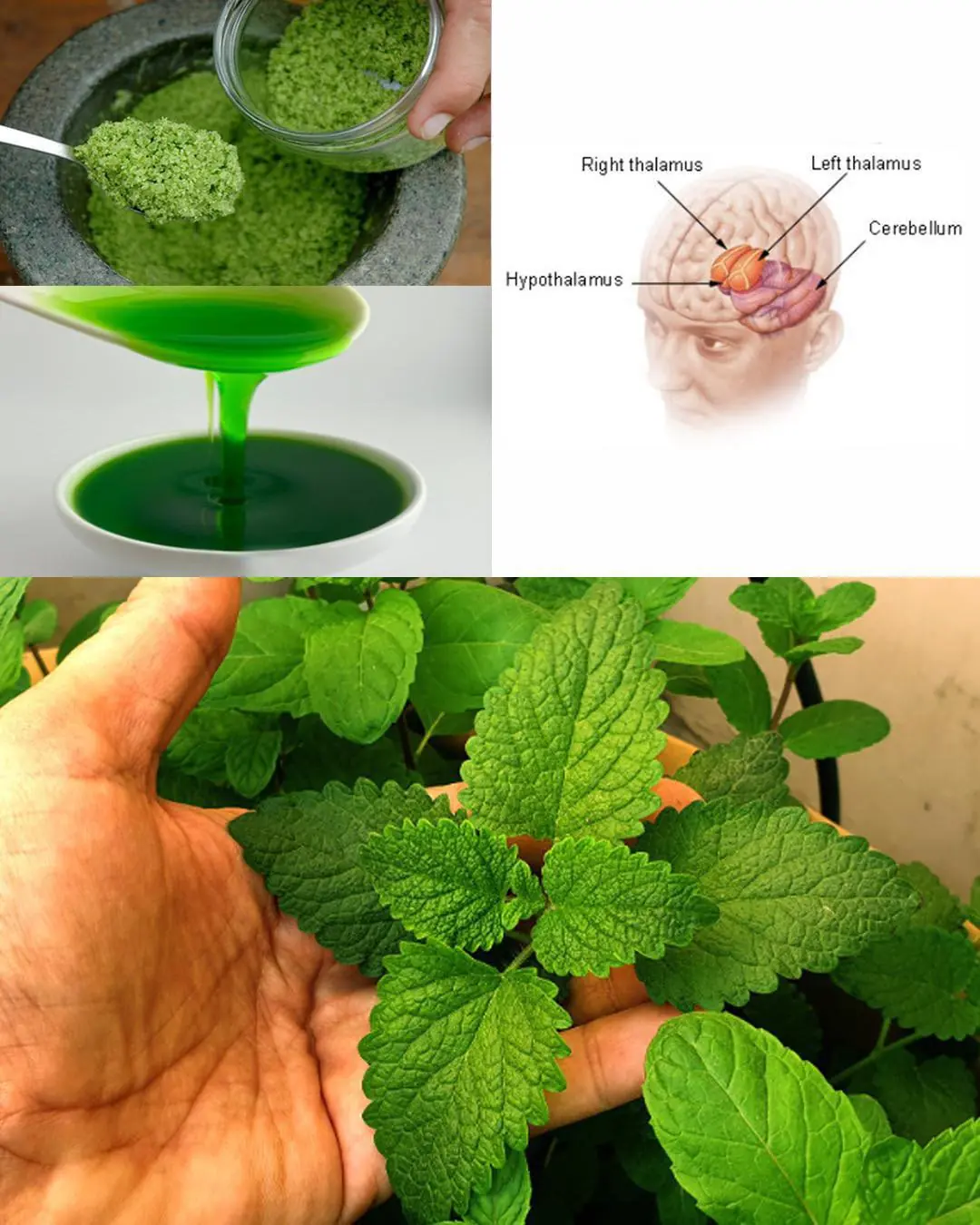
Mint: The Miracle Herb for Health, Healing, and Refreshment
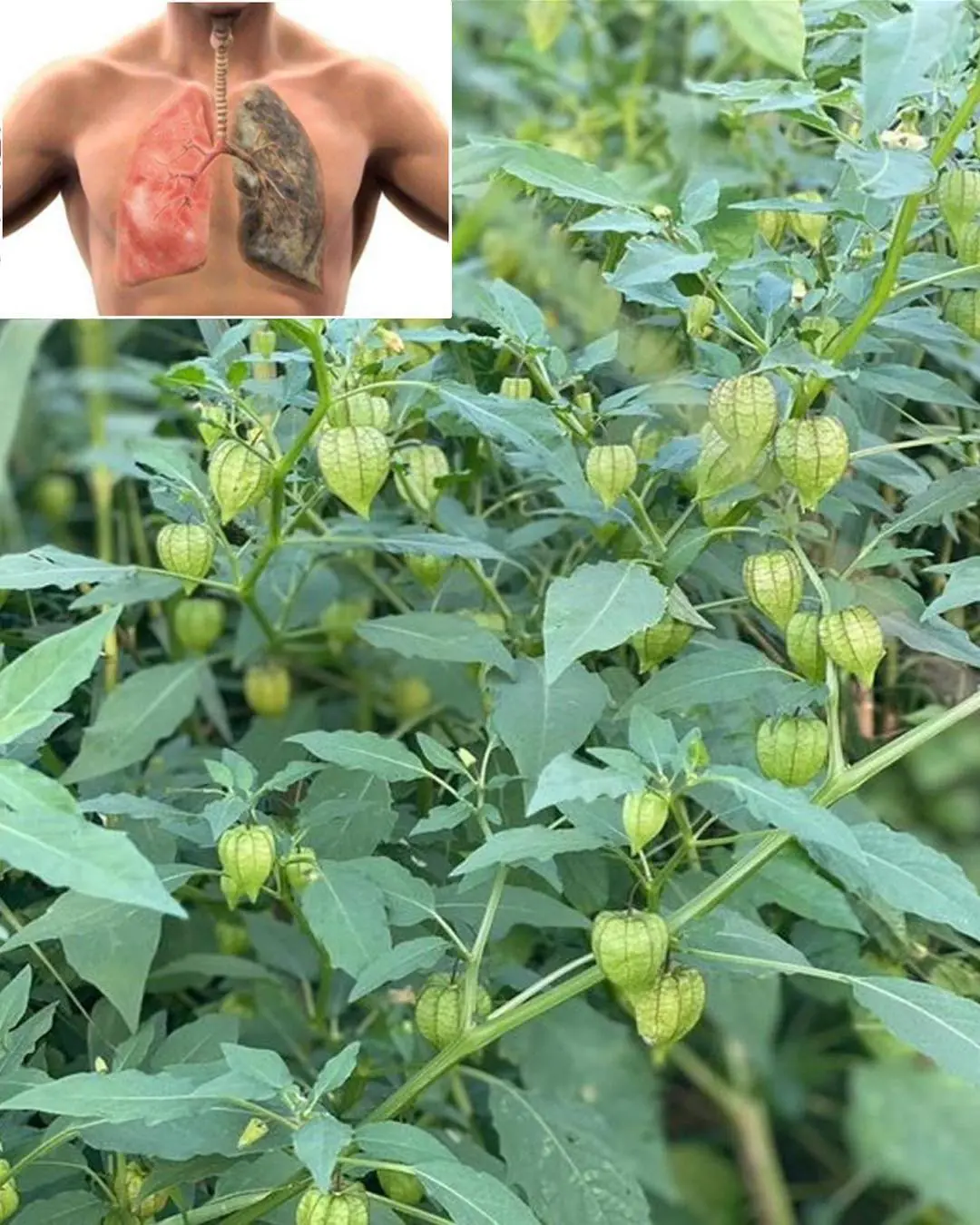
Goldenberries (Physalis peruviana): A Nutrient-Packed Powerhouse for Health and Vision
News Post

The Powerful Health Benefits of Papaya Seeds: Why You Should Include Them in Your Diet

The Wonderful Hazel Tree (Corylus avellana): Nutrition, Healing, and Traditional Uses of Every Part

Boiling a Whole Avocado: The Secret to Softness, Nutrition, and a Delicious Baked Recipe

The Hidden Healing Power of Papaya Leaves

Sugar Apple (Annona squamosa): A Sweet Fruit with Powerful Health Benefits

If you find a centipede at home, here is what it means...

Why We Feel That Little Electric Sh0ck When We Touch Another Person—Science Explains

If a Man Doesn’t Appreciate You, Here’s What You Should Do

25 Worrying Signs Your Body Is Trying to Warn You of Serious Health Problems (and What to Do About Them)

The Hidden Power of Lactuca serriola Root (Prickly Lettuce Root)

Why You Should Stop Waking Up to Urinate
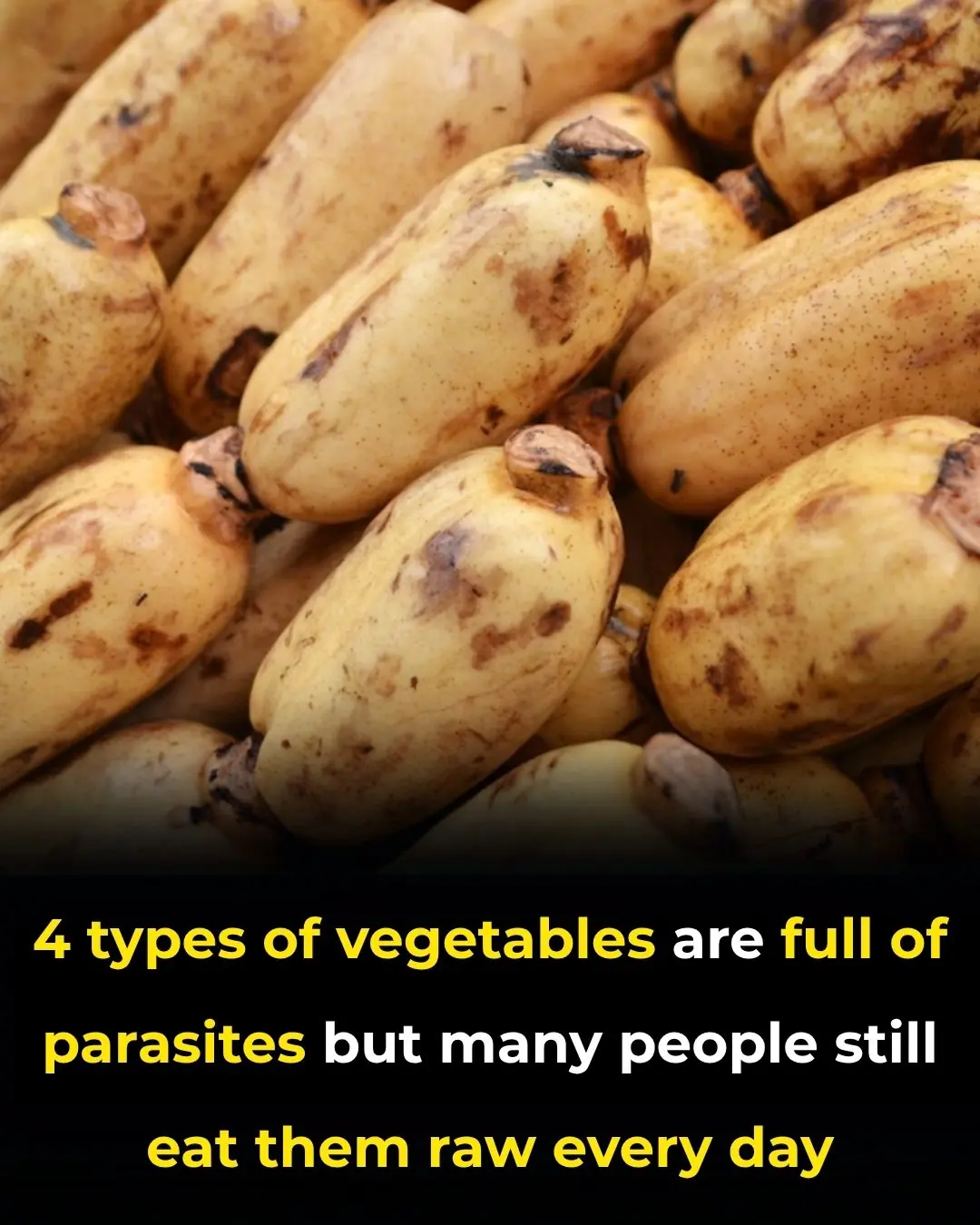
4 types of vegetables are full of parasites but many people still eat them raw every day

Hidden Dangers in Your Mouth: Early Signs of Oral Cancer

Maple Trees from Root to Crown: A Complete Guide to Every Edible Part

7 Signs of Arthritis You Shouldn't Ignore

California Poppy: Nature’s Gentle Remedy for Relaxation and More

What is its purpose. see details

When a woman stops loving a man, she begins…

5 hygiene mistakes that many people make... but no one dares to talk about...
